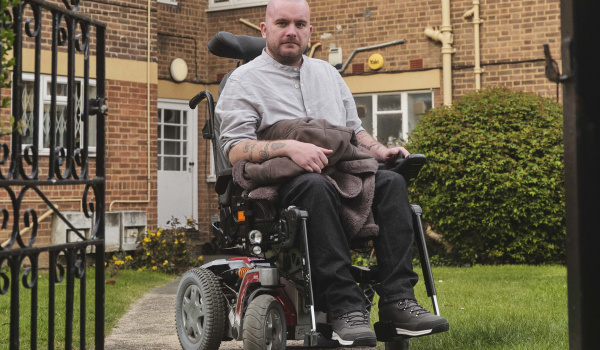We aren't building enough social rent homes
Social housebuilding in England is at its lowest rate in decades.
More people than ever are struggling to afford a secure place to live. Yet, not enough social homes are being built.
Social housebuilding in England is at its lowest rate in decades.
This graph shows the decline in the number of new social rent homes over the last 70 years: from over 200,000 homes built in the mid-1950s, to under 10,000 by 2020.

Source: DLUHC, Table 1000 and ONS, housebuilding
In the 1960s, 1.24 million social homes were built compared to 150,000 in the 2010s. In 1969, we built more social rent homes than we have built in the last 12 years combined.
Last year, while we delivered 11,400 new social rent homes, we also lost:
nearly 19,000 homes through sales (such as Right to Buy)
at least 3,000 homes through demolition
a further 1,000 homes through conversions (a process by which homes formerly let at social rent are switched to affordable rent)
Insufficient social housebuilding plus too many homes being sold or demolished means there’s been a net loss of social housing nearly every year since 1981. Between 2022-2023, there was a net loss of 11,700 social rent homes.
As a result of dwindling levels of social homes:
Many families and households who should be in social housing are now instead in the private rented sector, with its more expensive rents, worse conditions and lack of security The number of households privately renting has more than doubled since 1980.
In England, there are now 1.4 million fewer households in social housing than there were in 1980.
There has been an increase in overcrowding, in both the private rented sector and in social housing.
This graph shows the proportion of households living in social housing has decreased, while the proportion living in the private rented sector has increased. Source: English Housing Survey, annex table 1.1

Homelessness is at record levels
This graph shows that the number of children growing up in temporary accommodation has doubled since 2010. Currently, more than 145,000 children are homeless in temporary accommodation.

Source: DLUHC, Statutory homelessness statistics, Table TA1
If the government built 90,000 social rent homes a year, we could ensure people have the solid foundation needed to lead happy, healthy lives.
We've teamed up with people who grew up in social housing - including some faces you might recognise – to call for the building of thousands of social homes, and an end to the housing emergency.
We think it's time society valued social housing again and your personal stories help us show that value and make the government listen.
Our campaigning activity is powered by your generous donations and we can't do it without you. Give today to boost our chance of success.

